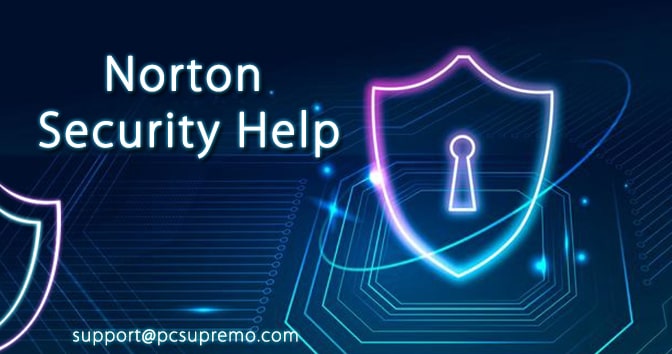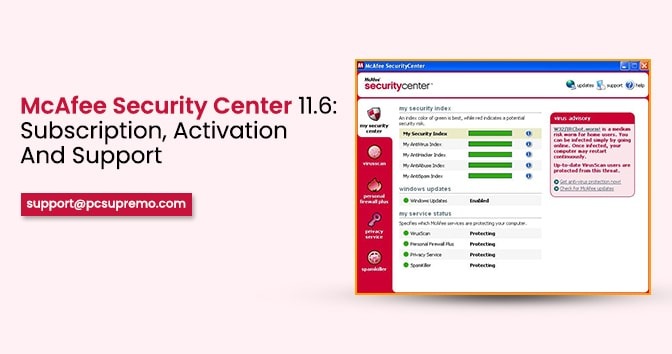Network protection is the state or cycle of ensuring and recuperating organizations, gadgets, and projects from a cyberattack. Cyberattacks are an advancing peril to associations, workers, and purchasers.
They might be intended to get to or crush touchy information or blackmail cash. As a result, they can wreck organizations and harm your monetary and individual lives, particularly in case you’re the survivor of wholesale fraud.
What’s the best protection? A solid digital protection framework has various assurance spread across PCs, gadgets, organizations, and projects. In any case, a reliable network safety framework doesn’t depend exclusively on digital safeguard innovation; it additionally depends on individuals settling on brilliant digital guard decisions.
The uplifting news? It would be best if you weren’t a digital protection expert to comprehend and rehearse great digital guard strategies. This guide can help. You’ll get familiar with digital protection and help shield yourself against digital dangers, and how to perceive and dodge hazards before they penetrate your organization or gadgets.
Also Read – How To Fix Norton Antivirus Error 3048 3
Digital protection versus PC security versus IT security
As referenced above, digital protection is the act of guarding your electronic frameworks, organizations, PCs, cell phones, projects, and information from noxious computerized assaults. Cybercriminals can convey an assortment of assaults against only casualties or organizations that can incorporate getting to, changing, or erasing touchy information, blackmailing installment, or meddling with business measures. How is digital protection accomplished? A foundation is separated into three essential parts: IT security, network safety, and PC security.
Data innovation (IT) security, otherwise called electronic data security, is the insurance of information both where it is put away and keeping in mind that traveling through an organization.
Simultaneously, network safety ensures advanced information, IT security shields both computerized and actual data from gate crashers. Network safety is a subset of IT security.
While IT security provides both physical and advanced knowledge, network safety ensures the computerized information on your organizations, PCs, and gadgets from unapproved access, assault, and demolition. Organization security, or PC security, is a subset of digital protection.
This kind of security utilizes equipment and programming to ensure any information sent through your PC and different gadgets to the organization. Organization security provides the IT foundation and guards against data being caught and changed or taken by cybercriminals.
Also Read – How do I turn ON/OFF Norton SONAR PROTECTION?
Kinds of digital protection

To be better ensured, it’s imperative to know the various kinds of network safety. These incorporate basic framework security, network security, application security, data security, cloud security, information misfortune anticipation, and end-client training. Basic framework security: Consists of actual digital frameworks, for example, power network and water sanitization frameworks.
Organization security:
Protects inside organizations from interlopers by making sure about the framework. Instances of organization security incorporate the usage of two-factor validation (2FA) and new, solid passwords.
Application security:
Uses programming and equipment to guard against outer dangers that may introduce themselves in an application’s advancement stage. Instances of use security incorporate antivirus projects, firewalls, and encryption.
Data security:
InfoSec ensures both physical and advanced information—basically information in any structure—from unapproved access, use, change, divulgence, cancellation, or different types of malintent.
Cloud security:
A product-based instrument ensures and screens your information in the cloud to help wipe out the dangers related to on-premises assaults.
Information misfortune avoidance:



It consists of creating approaches and cycles for taking care of and forestalling information deficiency and creating recuperation strategies in case of a digital protection penetrate. This incorporates setting network consents and procedures for information stockpiling.
End-client schooling:
Acknowledges that digital protection frameworks are just as reliable as their conceivably most vulnerable connections: the individuals utilizing them. End-client training includes encouraging clients to follow best practices like not tapping on obscure links or downloading dubious connections in messages, allowing in malware and different types of pernicious programming.
Sorts of digital dangers
There are numerous sorts of cyber threats that can assault your gadgets and organizations; however, they, by and large, fall into three classes. The classes are assaults on classification, respectability, and accessibility. Assaults on classification.
These assaults can be intended to take your distinguishing data and your ledger or charge card data. Following this assault, your data can be sold or exchanged on the dull web for others to buy and utilize. Assaults on honesty.
These assaults comprise of individual or venture damage, and are regularly called spills. A cybercriminal will access and deliver delicate data to uncover the information and affecting general society to lose trust in an individual or an association—assaults on accessibility. The point of this sort of cyberattack is to obstruct clients from getting to their information until they pay a charge or payment.
A cybercriminal will commonly invade an organization and approve gatherings from getting to important information, requesting that a fee be paid. Organizations sometimes pay the price and fix the digital weakness subsequently to try not to stop business exercises.
Here are a couple of kinds of digital dangers that fall into the three classifications recorded previously.
Social designing, a sort of assault on privacy, is the cycle of mentally controlling individuals into performing activities or parting with data. Phishing assaults are the most widely recognized type of social design. Phishing assaults generally come as a tricky email to fool the beneficiary into parting with individual data.
The plan of an APT is to take information and not mischief the organization. APTs frequently occur in high-esteem data areas, for example, public guard, producing, and the account business.
Malware, or pernicious programming, is a sort of assault on accessibility. It alludes to programming intended to access or harm a PC without the information on the proprietor. Malware can do everything from taking your login data and utilizing your PC to send spam to smashing your PC framework. A few regular kinds of malware incorporate spyware, keyloggers, genuine infections, and worms.
Ransomware, another type of vindictive programming, additionally is a kind of assault on accessibility. It will likely bolt and encode your PC or gadget information—basically holding your documents prisoner—and afterward request a payment to reestablish access.
A casualty usually should pay the price inside a set measure of time or danger losing admittance to the data until the end of time. Basic kinds of ransomware incorporate crypto-malware, storage spaces, and scareware.
Size of network protection dangers



While digital guard strategies are developing, so are network protection dangers, with pernicious programming and different perils taking new structures. Also, digital protection dangers don’t separate.
All people and associations that utilization networks are possible targets. To help ensure that, it’s critical to know the three unique sorts of digital protection dangers: cybercrime, cyberattacks, and cyberterrorism. Cybercrime is carried out by at least one person who focuses on your framework to cause devastation or monetary profit.
Cyberattacks are frequently dedicated for political reasons and might be intended to gather and regularly disperse your touchy data. Cyberterrorism is meant to break electronic frameworks to ingrain frenzy and dread in its casualties.





